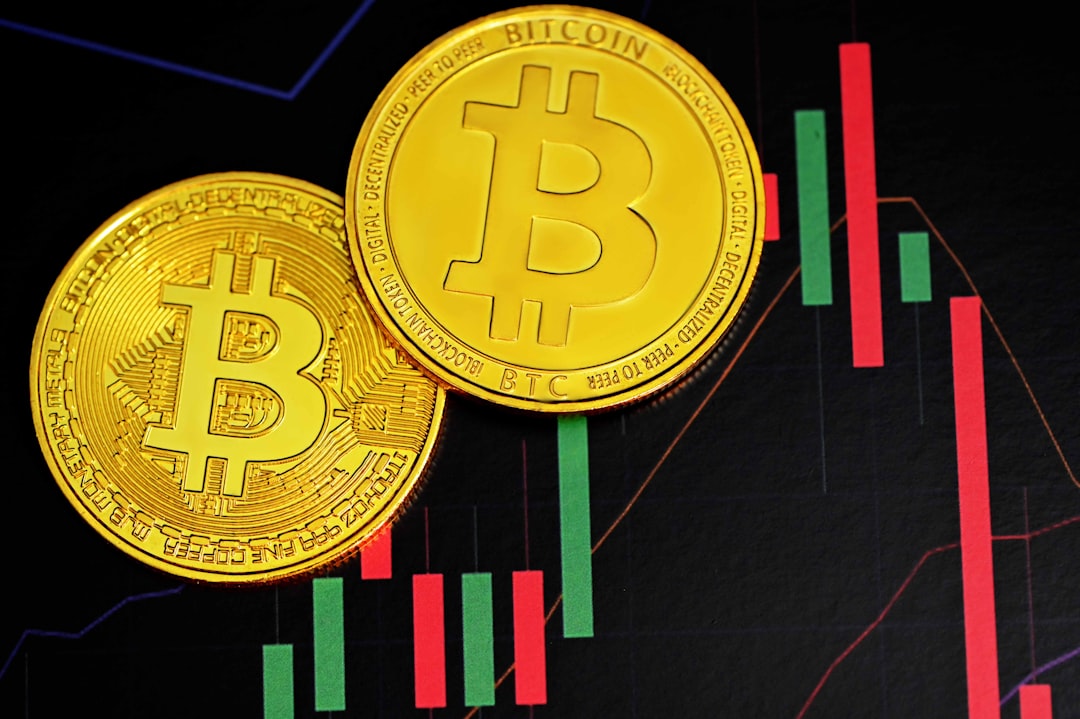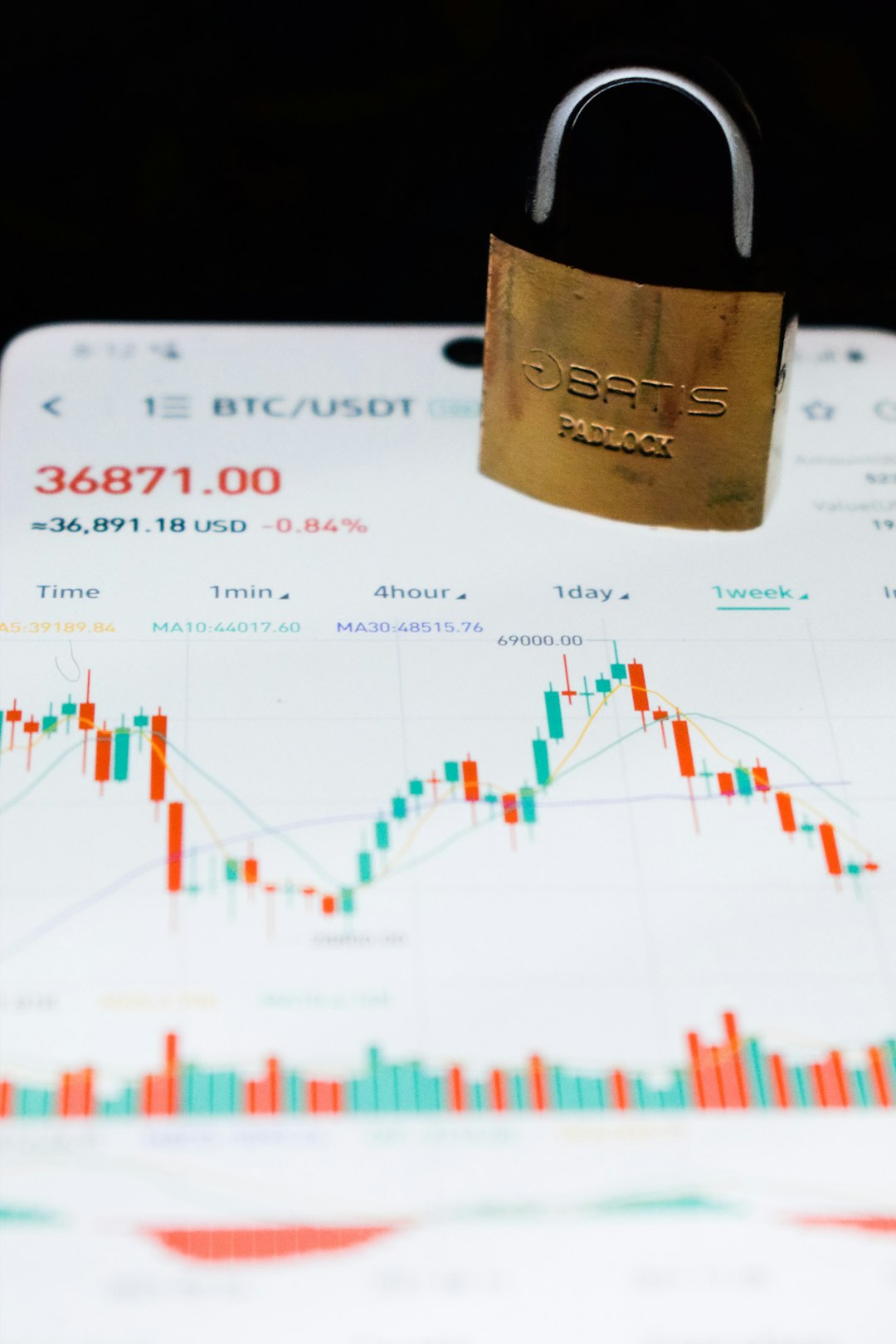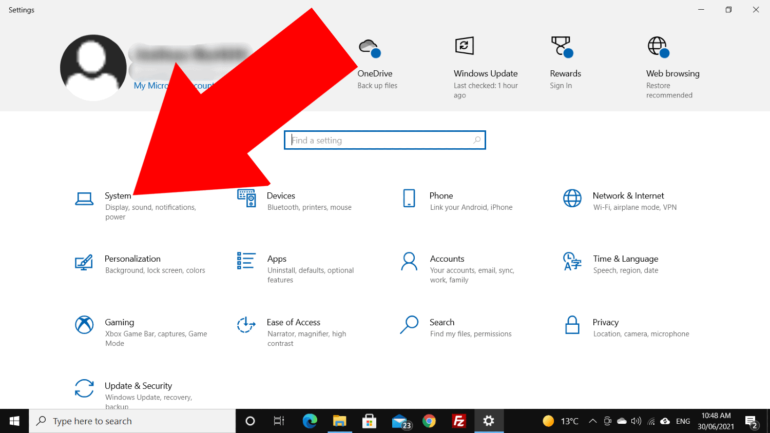What Is Crypto Season? Breaking Down the Impact on U.S. Crypto Markets and Investor Strategies
Within the ever-evolving world of digital assets, the term “Crypto Season” has become a hallmark of cyclical market activity among cryptocurrency investors. But what exactly constitutes a “Crypto Season,” and why does it matter to U.S. markets and investor strategies? Understanding this concept is crucial for both seasoned investors and newcomers navigating the volatile landscape of cryptocurrencies.
Crypto Season: while not officially defined by any regulatory body, generally refers to a period of increased activity, positive sentiment, and rising asset prices in the crypto market. These periods typically follow bearish downturns and are marked by a surge in trading volumes, higher demand, and sometimes, media hype.

Phases of a Crypto Season
Table of Contents
Much like traditional financial cycles, Crypto Season can be broken down into identifiable phases:
- Accumulation Phase: Following a prolonged bear market, savvy investors begin accumulating undervalued assets, often while sentiment is broadly negative.
- Uptick or Bull Phase: A noticeable increase in prices across major coins like Bitcoin and Ethereum initiates wider market participation.
- Altcoin Season: As major coins gain momentum, smaller-cap cryptocurrencies—commonly referred to as “altcoins”—begin to outperform them in percentage growth.
- Profit-Taking Phase: Institutional and retail investors start locking in profits, often resulting in price dips and increased volatility.
- Correction or Bear Phase: The season typically ends with a correction that leads back into the accumulation phase, restarting the cycle.
Impact on U.S. Crypto Markets
Crypto Season has broad implications for the United States, especially as participation in digital assets continues to rise. The U.S. crypto market is influenced by several country-specific factors, including fiscal policy, inflation data, and regulatory clarity. During Crypto Season, these elements can either amplify gains or, if news turns negative, limit upside potential.
Investor sentiment in the U.S. is highly responsive to macroeconomic indicators. For example, a dovish stance by the Federal Reserve or the passage of favorable crypto legislation can act as tailwinds during Crypto Season. Conversely, regulatory crackdowns may dampen market enthusiasm even during bullish periods.
Additionally, the flow of institutional capital into U.S.-based crypto exchanges and funds tends to increase during Crypto Season. This inflow brings enhanced liquidity, better price discovery, and broader media attention—all of which help drive momentum.

Investor Strategies in Crypto Season
U.S. investors employ various strategies to navigate the rapid price changes and fluctuating sentiment of Crypto Season. Some of the most effective tactics include:
- Dollar-Cost Averaging (DCA): Buying a fixed dollar amount of crypto at regular intervals regardless of the price, helping to mitigate volatility.
- Rotational Trading: Shifting between assets like Bitcoin, Ethereum, and trending altcoins based on performance metrics and market indicators.
- Technical Analysis: Using chart patterns, moving averages, and indicators like RSI to time entry and exit points.
- Fundamental Analysis: Evaluating the underlying utility and development progress of blockchain projects, especially during the altcoin surge.
- Risk Management: Setting stop-loss levels and profit targets to protect capital and avoid emotional decision-making.
It’s crucial to remember that Crypto Season, though potentially lucrative, comes with heightened risks. The speed at which markets can turn means investors should maintain a disciplined approach and diversify their portfolio to mitigate downside exposure.
Conclusion
Understanding what Crypto Season entails allows investors to position themselves strategically within the U.S. digital asset landscape. While market cycles are an inescapable aspect of investing, being prepared and well-informed during Crypto Season can lead to significant financial opportunities—so long as one respects the inherent risks.
FAQs
- What is the difference between Crypto Season and Altcoin Season?
Crypto Season refers to an overall bull run in the crypto markets, including major coins like Bitcoin and Ethereum. Altcoin Season is a sub-phase where smaller-cap coins outperform Bitcoin in relative gains. - How long does Crypto Season typically last?
There is no fixed duration. It can last a few months to over a year, depending on macroeconomic factors, institutional participation, and retail sentiment. - Is now a good time to invest during Crypto Season?
This depends on your financial goals and risk tolerance. Many investors prefer to begin accumulating during earlier phases to maximize gains, though it requires careful research. - How can new investors prepare for Crypto Season?
Start by understanding basic crypto fundamentals, follow credible sources for market updates, and employ risk management strategies such as setting stop-loss limits. - Can Crypto Season affect other markets?
While typically isolated, a major rally in cryptocurrencies can attract attention away from traditional markets, especially among younger investors seeking higher returns.







